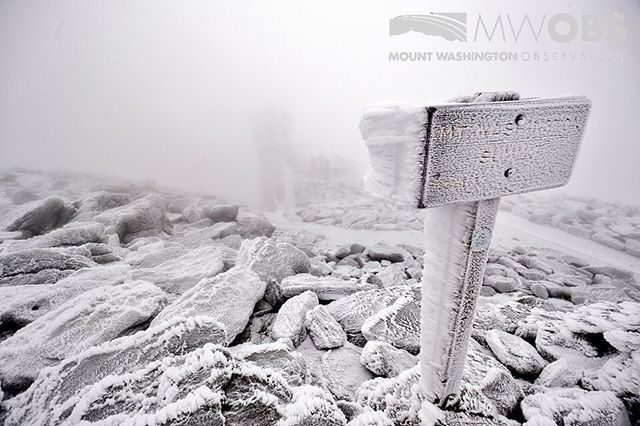OF THE
TIMES
Snatch this and snatch that - tricksters always get caught by the LAW! [Link]
On the less conscious side of self-talk there is a schizophrenia trait.
Fact of the matter - if if this is accurate it spells trouble for Israel - cause suggest total chaos in leadership and frankly, that is when an...
So many fucking flying drones in the air the idjit zigaboos don't even know who the eff launched em - they are out of control and really - if you...
Simply Gypsy , not „Romani”. Parasites as usual.
To submit an article for publication, see our Submission Guidelines
Reader comments do not necessarily reflect the views of the volunteers, editors, and directors of SOTT.net or the Quantum Future Group.
Some icons on this site were created by: Afterglow, Aha-Soft, AntialiasFactory, artdesigner.lv, Artura, DailyOverview, Everaldo, GraphicsFuel, IconFactory, Iconka, IconShock, Icons-Land, i-love-icons, KDE-look.org, Klukeart, mugenb16, Map Icons Collection, PetshopBoxStudio, VisualPharm, wbeiruti, WebIconset
Powered by PikaJS 🐁 and In·Site
Original content © 2002-2024 by Sott.net/Signs of the Times. See: FAIR USE NOTICE

I've mentioned previously, that either side of the equator, is becoming the new battlefield for the weather. Rain, the likes never seen before, in countries, that rarely get it.
So what of the future, expect the unexpected.